Researchers at the University of Science and Technology of China have managed to entangle a record 51 qubits. More importantly, the qubits weren’t just entangled in pairs, but as a single system, a re.


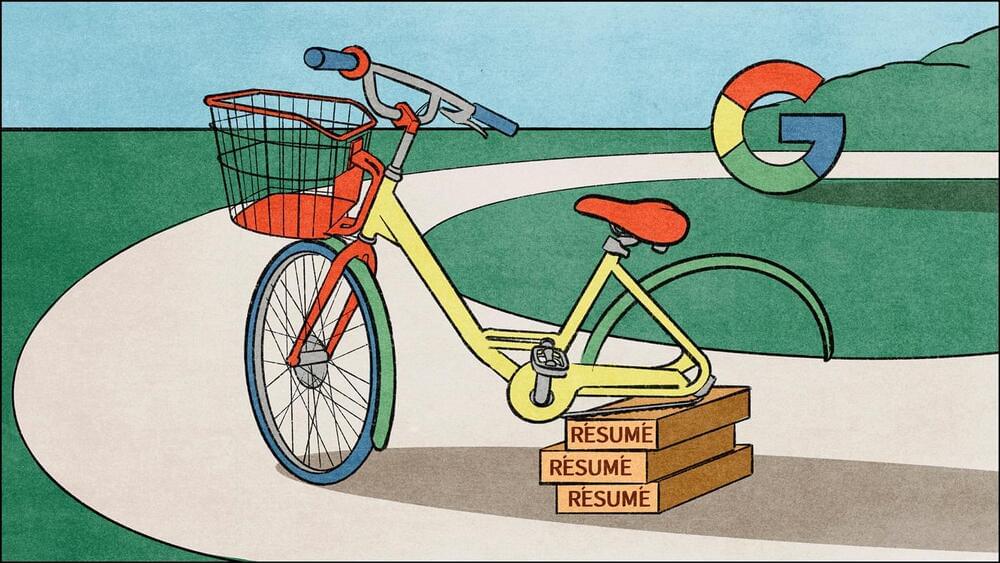
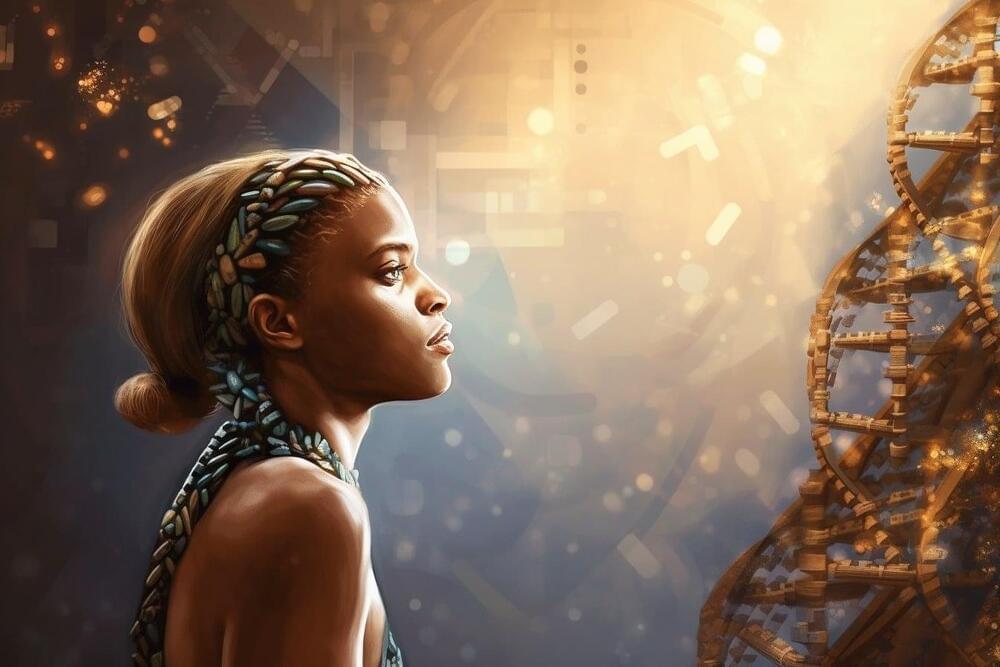
Summary: Researchers have uncovered genes essential for learning, memory, aggression, and other complex behaviors originated around 650 million years ago.
The study utilized computational methods to trace the evolutionary history of these genes involved in the production, modulation, and reception of monoamines like serotonin, dopamine, and adrenaline. This discovery suggests that this new method of modulating neuronal circuits could have played a role in the Cambrian Explosion, contributing to the diversification of life.
The finding offers new research avenues to understand the origins of complex behaviors and their relation to diverse processes like reward, addiction, aggression, feeding, and sleep.

The Big Data revolution has strained the capabilities of state-of-the-art electronic hardware, challenging engineers to rethink almost every aspect of the microchip. With ever more enormous data sets to store, search and analyze at increasing levels of complexity, these devices must become smaller, faster and more energy efficient to keep up with the pace of data innovation.
Ferroelectric field effect transistors (FE-FETs) are among the most intriguing answers to this challenge. Like traditional silicon-based transistors, FE-FETs are switches, turning on and off at incredible speed to communicate the 1s and 0s computers use to perform their operations.
But FE-FETs have an additional function that conventional transistors do not: their ferroelectric properties allow them to hold on to electrical charge.
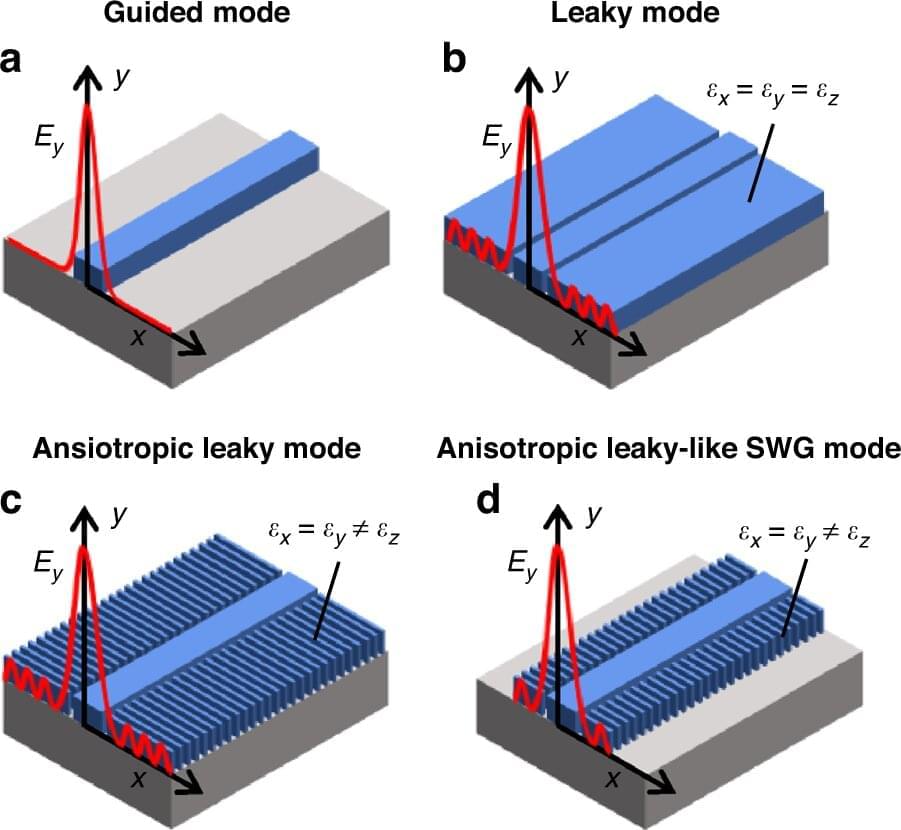
Integrated optical semiconductor (hereinafter referred to as optical semiconductor) technology is a next-generation technology for which many researches and investments are being made worldwide because it can make complex optical systems such as LiDAR and quantum sensors and computers into a single small chip.
In existing semiconductor technology, the goal was to achieve units of 5 nanometers or 2 nanometers, but increasing the degree of integration in optical semiconductor devices can be said to be a key technology that determines performance, price, and energy efficiency.
A research team led by Professor Sangsik Kim of the Department of Electrical and Electronic Engineering discovered a new optical coupling mechanism that can increase the degree of integration of optical semiconductor devices by more than 100 times.

Viasat shares plunged sharply Thursday in the wake of the announcement.
The first ViaSat-3, launched last April, was expected to provide space-based internet access to customers in the western hemisphere starting this summer. Two more satellites covering Europe, Africa, Asia and the Pacific are expected to launch over the next two years.
Capable of handling up to 1 terabyte of data per second, the satellites are equipped with the largest dish antennas ever launched on a commercial spacecraft. Each satellite’s reflector is designed to deploy atop a long boom.
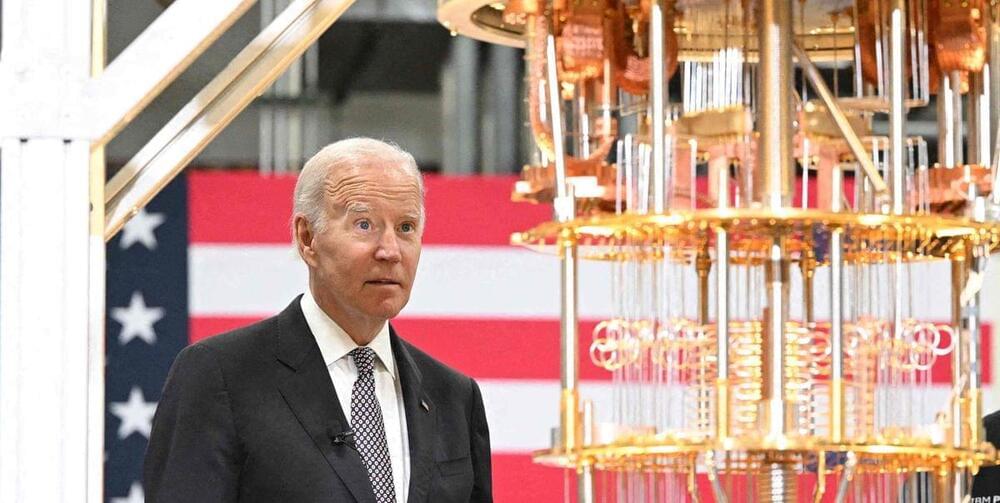
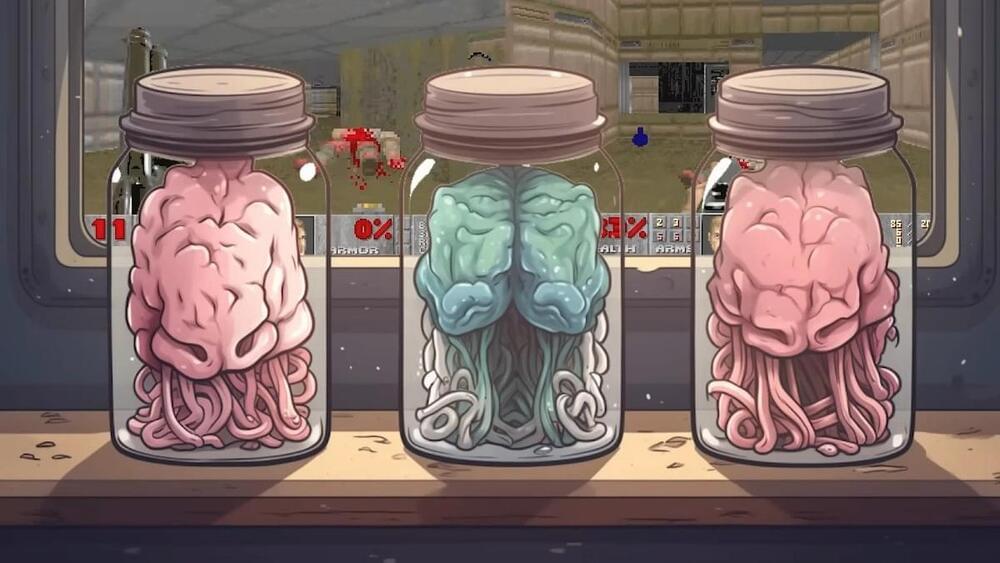
Ah, Doom. Who knows where we’d be today if it weren’t for the innovation that made you the granddaddy of first-person shooters? Probably one of the things that’s helping to keep id Software’s iconic game alive after all these years is the fact that it can be ported to just about anything. It’s even possible to play Doom inside Doom itself.
As you can imagine, many people have attempted to see what crazy methods they can to play this legendary FPS. Now, some scientists are doing something a little different. Namely, they want to see if it’s possible to grow their own neurons that can be taught to play games. And yes, they want to see if they will be able to control Doom.
A video from the YouTube channel The Thought Emporium goes into detail about the hypothesis. The basic idea is to be able to hook up some lab-grown rat neurons to a computer that will be able to play Doom, at least in a rudimentary fashion.
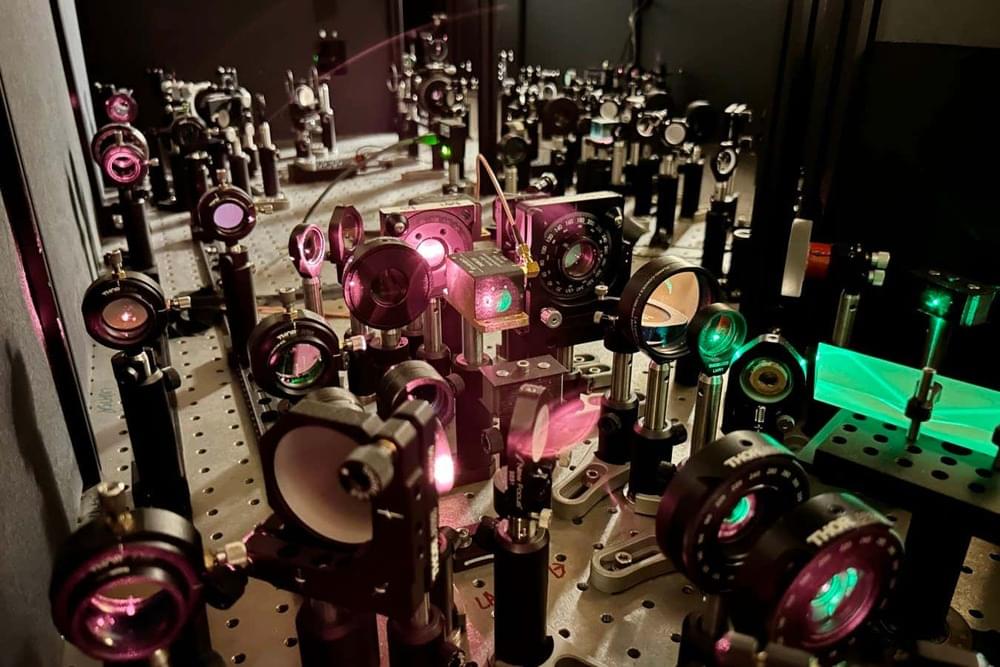
The minuscule fluctuations of seemingly empty space can be controlled just enough to make the building blocks of a new type of computer.

The future of electronics will be based on novel kinds of materials. Sometimes, however, the naturally occurring topology of atoms makes it difficult for new physical effects to be created. To tackle this problem, researchers at the University of Zurich have now successfully designed superconductors one atom at a time, creating new states of matter.
What will the computer of the future look like? How will it work? The search for answers to these questions is a major driver of basic physical research. There are several possible scenarios, ranging from the further development of classical electronics to neuromorphic computing and quantum computers.
The common element in all these approaches is that they are based on novel physical effects, some of which have so far only been predicted in theory. Researchers go to great lengths and use state-of-the-art equipment in their quest for new quantum materials that will enable them to create such effects. But what if there are no suitable materials that occur naturally?